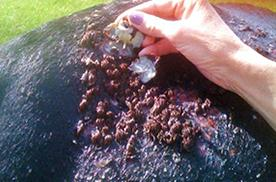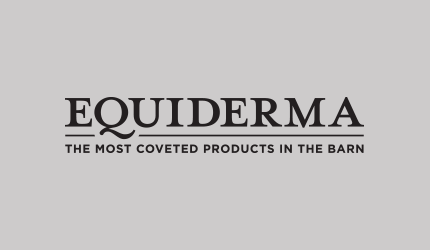- Shop
Collections
Categories
Skin Conditions
- SALE
- Skin Conditions
- Apparel & Accessories
- Meet the Founder
- Shop
Collections
Categories
Skin Conditions
- SALE
- Skin Conditions
- Apparel & Accessories
- Meet the Founder





The organism dermatophilus congolensis causes rain rot. Dermatophilus congolensis is not a fungus. It is an actinomycetes, which behaves like both bacteria and fungi. A horse who has this organism on his skin may or may not develop a case of rain rot. The condition affects horses, cattle, sheep, and goats, and is rarely found in pigs, dogs, or cats. The natural habitat of dermatophilus congolensis is unknown, but it is believed to live in the soil, though attempts to isolate it from soil have been unsuccessful. It has only been isolated from the skin of various animals and is restricted to the living layers of the epidermis.
These organisms can live in dormancy on the skin for some time, and become active with moisture, high humidity and warm temperatures. During winter it can easily develop when blanketing is prevalent. The blanket warms your horse and also creates a warm, cozy environment for dermatophiles. Both conditions are the perfect environment to grow a flourishing garden of rain rot. Zoospores germinate to produce barbed, threadlike tentacles, which penetrate into the living skin and spread in all directions. The result is an acute inflammatory reaction, as can be seen in these photos.
If your horse spends the majority of time outside in wet, rainy conditions, you should check for rain rot often. A visual evaluation does not suffice, especially during the wet winter months when horses have heavy winter coats, and a hands-on examination is typically necessary. An infected horse will have bumps along the back and croup. When pulled, the hair will easily come free leaving an infected, hairless spot of skin. The problem is easily identified this way, but a definitive diagnosis can be made only from taking a culture and having it tested.
On first treatment simply apply Equiderma Skin Lotion and leave on. Do not attempt to remove scabs that are firmly adhered. This is painful for your horse. Let Equiderma Skin Lotion do the work for you. The next day you will gently wash the area with Equiderma Neem Shampoo and watch the scabs lift off easily. If it is too cold to bathe your horse use a warm bucket of water mixed with Equiderma Neem Shampoo and a rough terry cloth towel to remove the dead tissue. After shampooing and debridement, rinse and towel dry. Notice how pink and healthy the skin underneath looks. The dermatophiles have been eradicated and now your horse will begin to heal. Reapply Equiderma Skin Lotion and leave on. Reapply every other day until the hair begins to grow back and inflammation has subsided, usually within three days.

It’s possible for your horse to live outside in comfort all year...

Winter Rain Rot brings with it a unique and frustrating challenge for...

Ordinarily in this blog I share ideas for understanding your horse better...